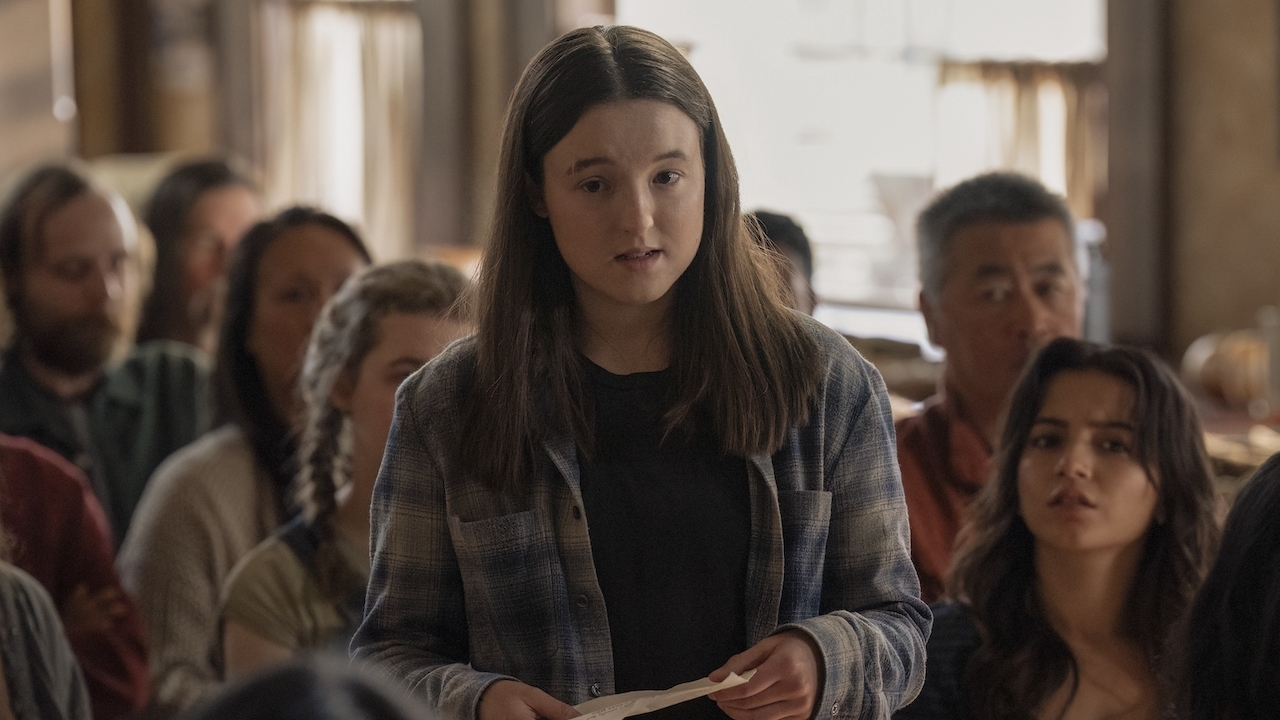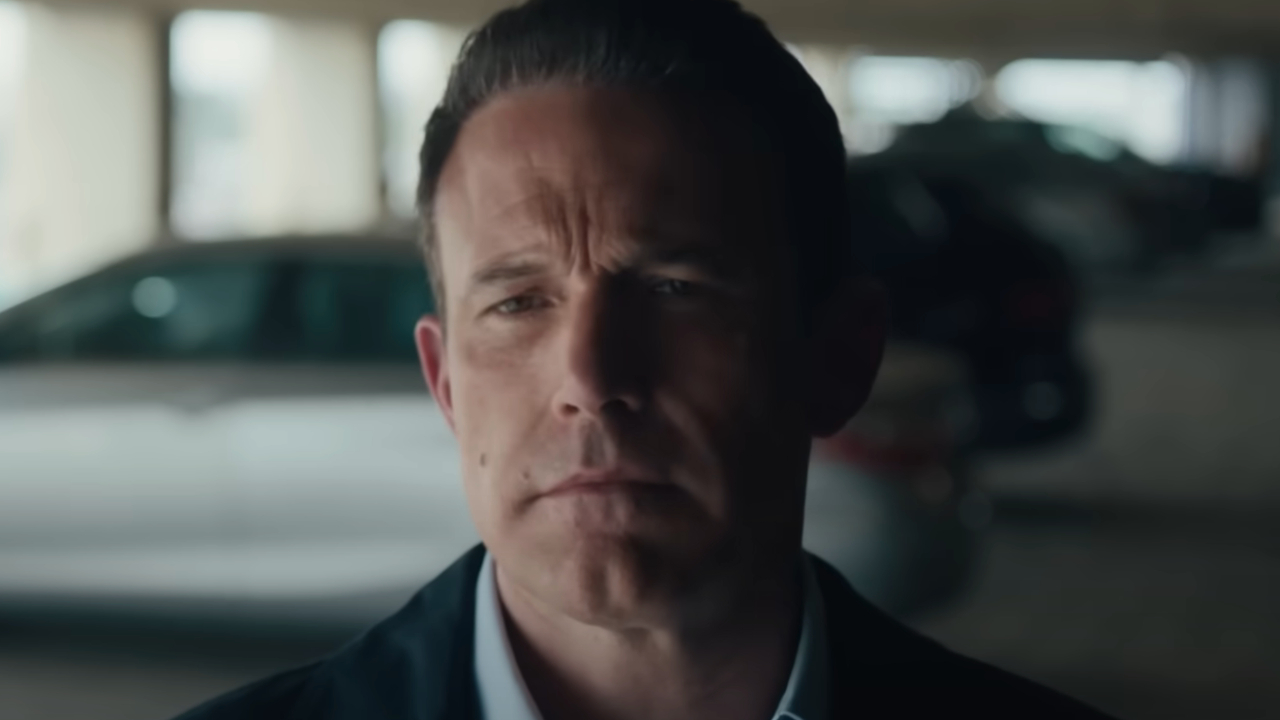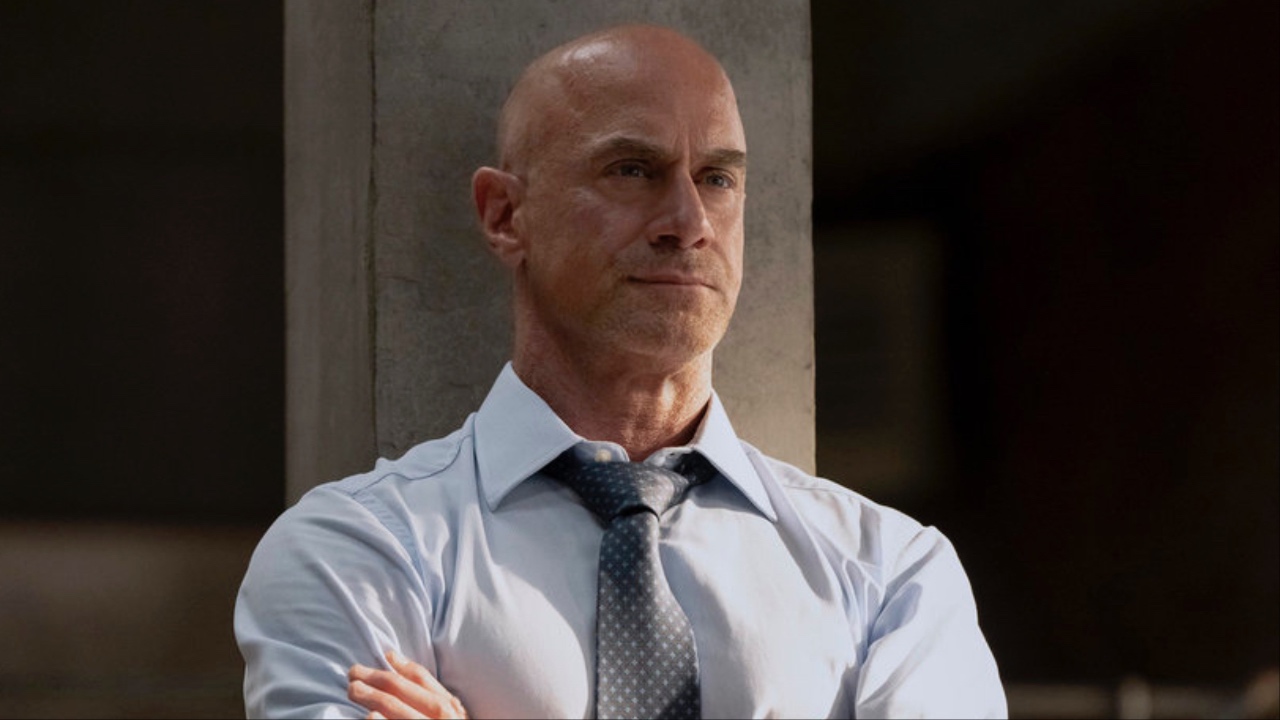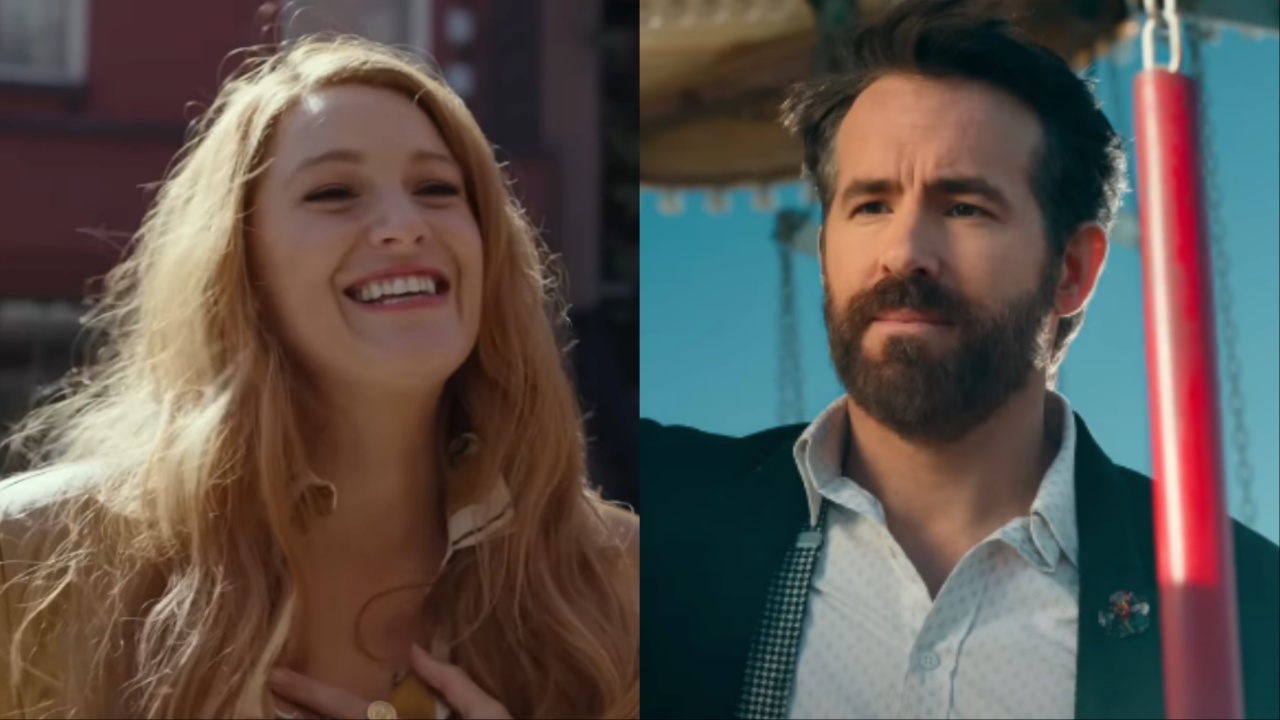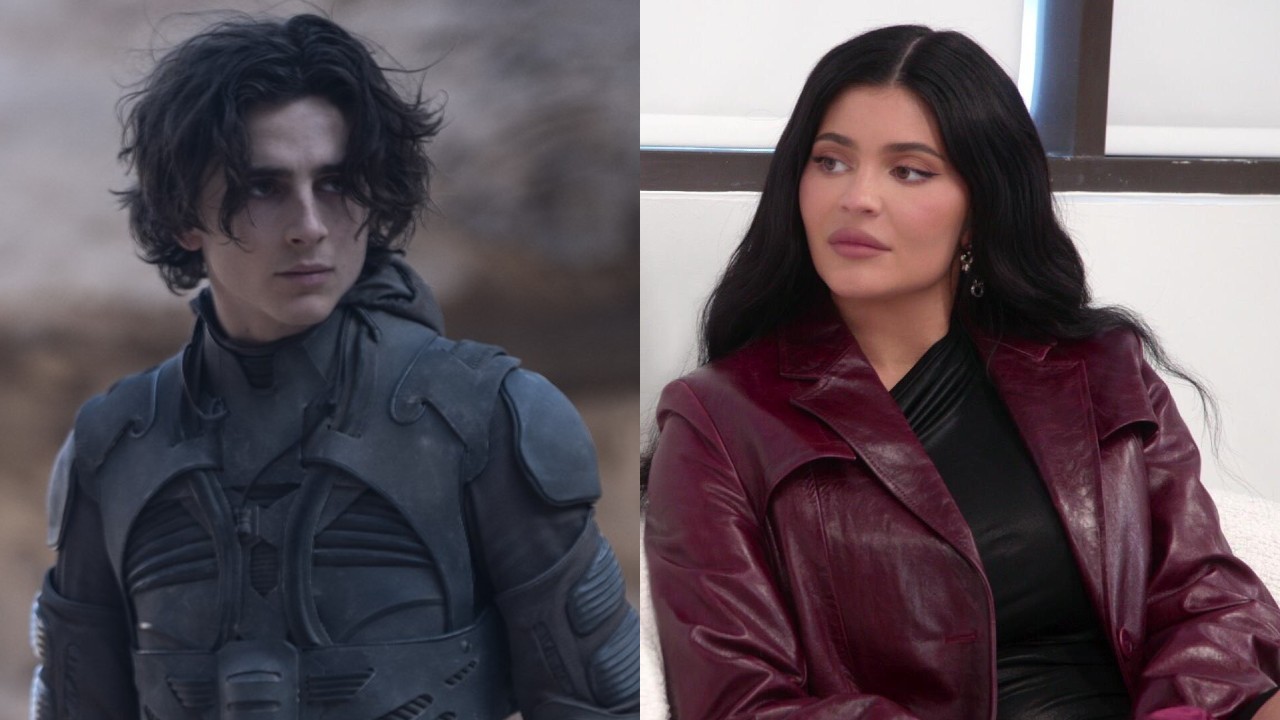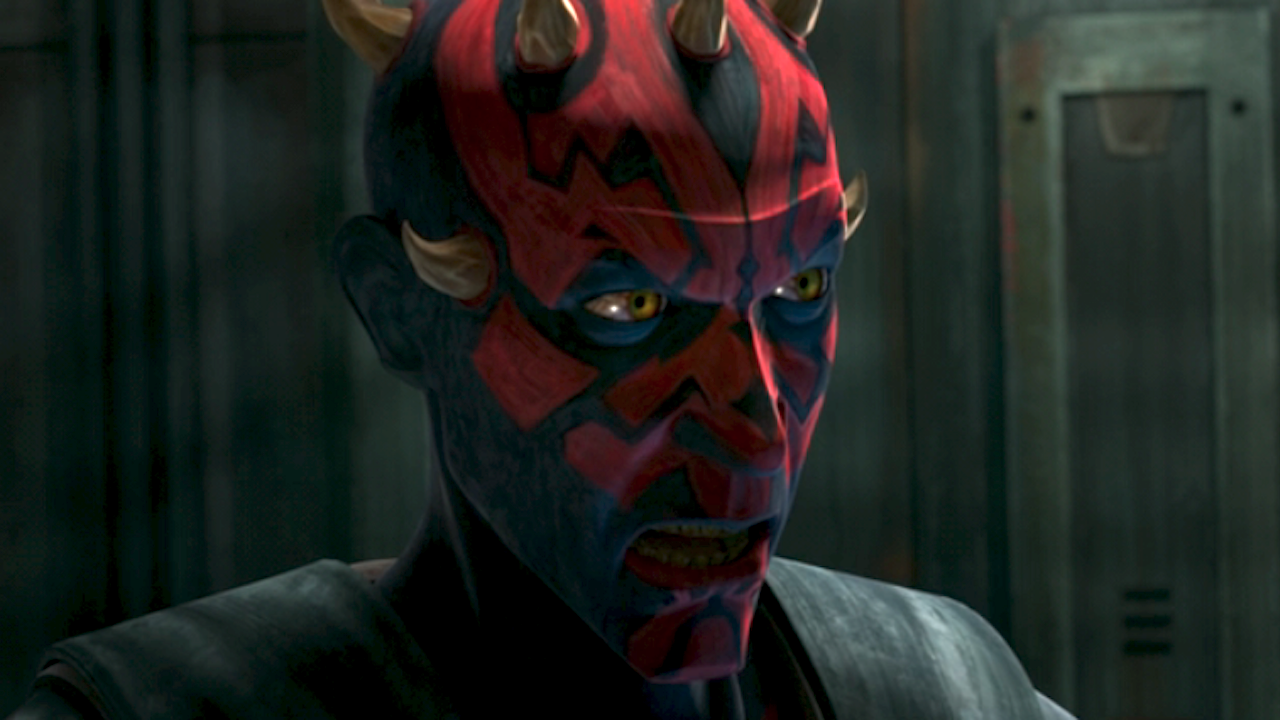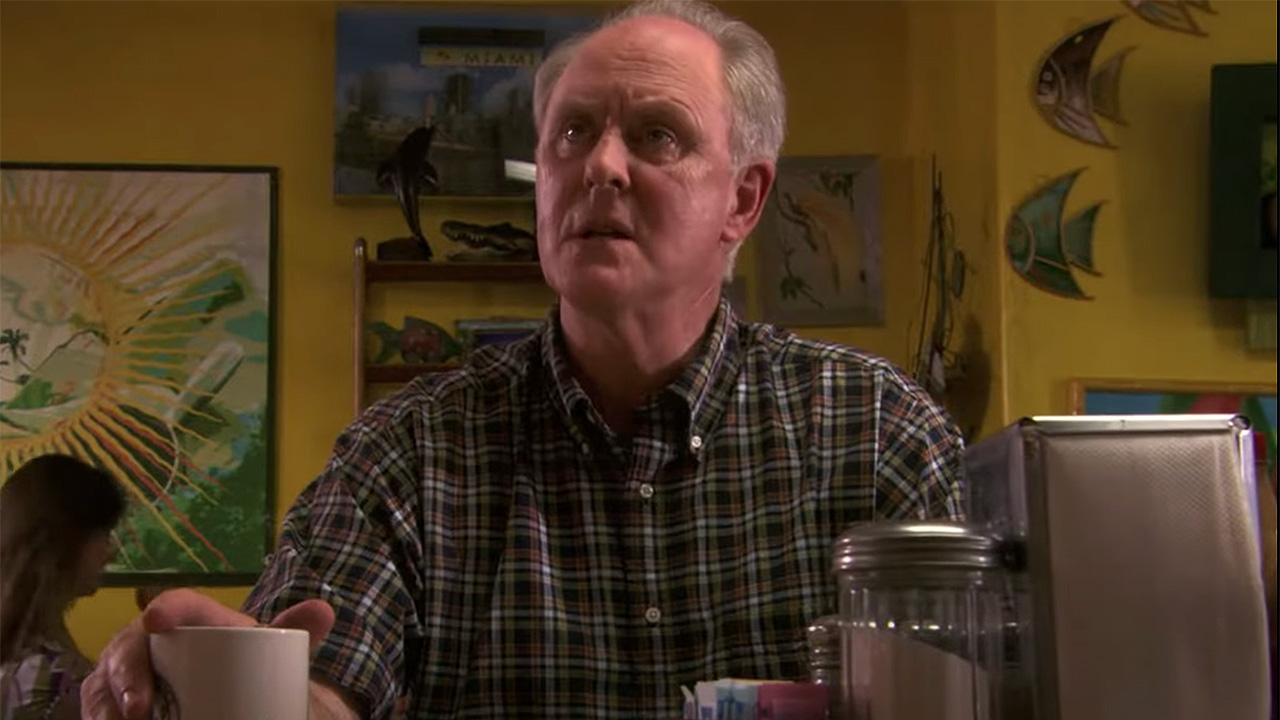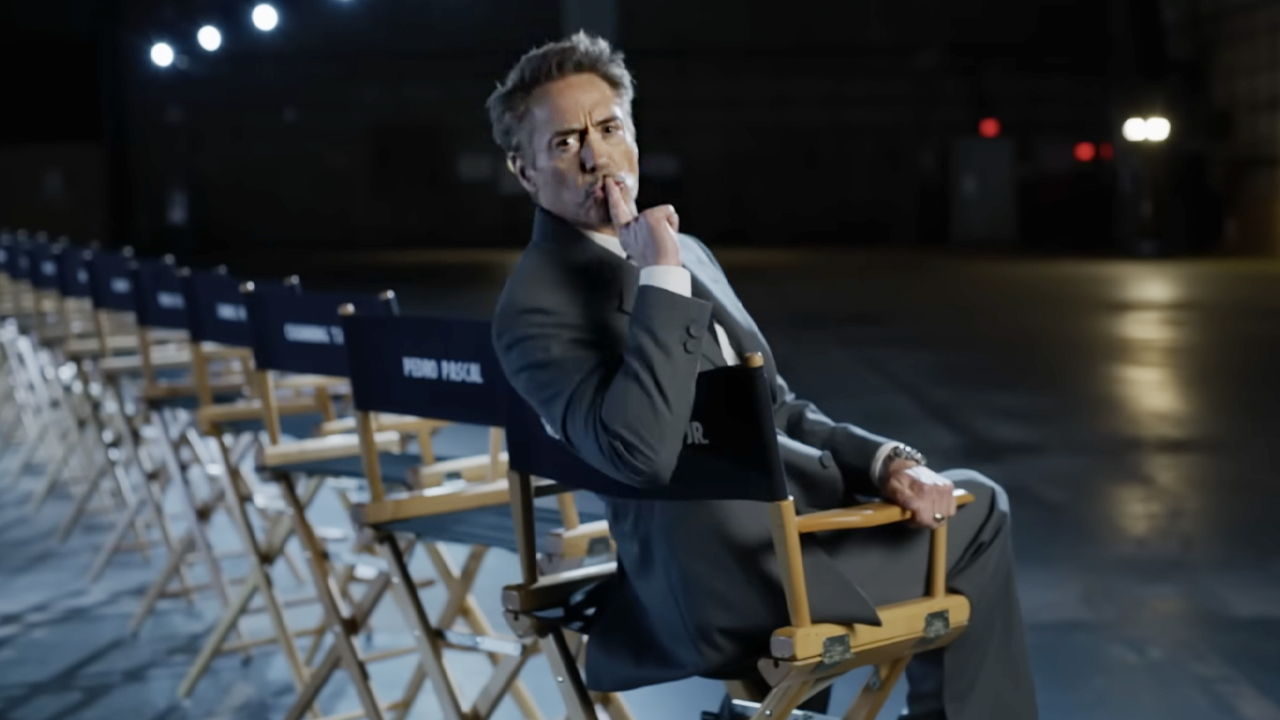
Titanic, already the second-biggest movie of all time, has added almost $150 million to its lifetime box office thanks to the recent 3D re-release. And as much as we may cry and moan that 3D is nothing but a gimmick, that James Cameron is robbing us by making us pay $15 for the same movie, or that 3D actually makes the movie worse, clearly a lot of people like what they're seeing, and are saying quite clearly to Hollywood, "Yes, more of this please!" And for the people buying tickets, it's a win-win-- they get to revisit a movie they love on the big screen, and the studio gets to make huge profits with a movie they've already paid to make.
It's not a matter of if we'll get more classics converted to 3D, but when, and it seems silly to simply stomp our feet and demand no more (though Eric Eisenberg will be doing just that later today, so feel free to tell him he's behind the times when that piece runs). For our part, we've decided to run with the spirit of the moment, and think of other classic movies that we wouldn't just want to revisit on the big screen, but that might actually benefit from a 3D polish. We're not saying these movies would be better than 3D, and for God's sake, we're not saying they should have been made in 3D to begin with. But if converting old movies to 3D is the new trend, what would actually make it worthwhile? Here are five of our picks below-- let us know your own choices in the comments.

Lawrence of Arabia
As someone who has paid once too often to see terribly transferred, newly 3D train wrecks that are too dark to discern and too flat to be worth the additional cost, I'm not typically in favor of post-converted 3D. However, there are some movies that can only be fully appreciated on the expansive glory of a theater's screen. And after revisiting Titanic in 3D, I reflected on what films most demand the full theatrical experience to be given their due. David Lean's Oscar-winning epic Lawrence of Arabia tops this list.
Exhibited in awe-inspiring 70 mm Technicolor, the incredible true story of British Army officer T.E. Lawrence basks in the vast but brutal desserts and massive yet opulent palaces of Arabia, which provide a fearsome backdrop to Peter O'Toole's extraordinary performance and penetrating blue eyes. At 216 minutes, it's often ignored by even the most devoted cinephiles. But a 3D conversion would not only add a new layer of dimension and spectacle to this classic, but also give movie lovers a marvelous excuse and sense of occasion to discover—or rediscover—the grandeur of this ambitious and breathtaking adventure. Plus, as Lawrence himself has been described as, "The most shameless exhibitionist since Barnum and Bailey," I think he too would be in favor of a flashy re-release of his thrilling life story.

Pink Flamingos
For years, 3D was the fat third grader running around without his shirt on and eating Twinkies to his heart’s delight. It was the campiest gimmick in the entire world, and it relished in that obnoxiousness through theme park showings and bulging dinosaur heads. Unfortunately, it hit middle school, went through an identity crisis and began wearing black shirts to hide the bulbous stomach. Veracity be damned, the powers that be got on their high horses and pretended the medium was some technically-brilliant and life-like miracle. That’s why so many people still hate 3D. It wouldn’t just admit what the hell it was. After years in black however, that fat kid has actually lost weight. He’s toned enough to mow the grass. Most of the other choices on this list reflect that new-found skinniness. This one does not. I miss that fat third grader with a big smile and a jiggly stomach. That’s why I need to see Pink Flamingos in 3D. Arguably the campiest, most unapologetically obscene and over-the-top film ever created, a conversion would be the ultimate throwback. Couches would reject characters into the audience, flashing penises would slap enthusiasts silly, and Divine’s epic Little Mermaid dress would be that much more of a showstopper. It might not move the medium forward, but a few Twinkies would still taste pretty good.
CINEMABLEND NEWSLETTER
Your Daily Blend of Entertainment News
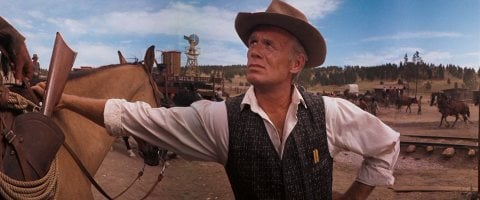
How The West Was Won
3D is a gimmick, a parlor trick used to coax additional dollars out of a theatergoer’s pocket. No one’s going to argue against that. But if we have to see a classic film retrofitted to the third dimension, let’s go out of our way to select something visually arresting that can’t be duplicated (easily) on our home-television screens. Titanic was a decent example, because it’s simply more effective on a theatrical screen. So is the 1963 epic How the West was Won, a multi-chapter recreation of Manifest Destiny that attracted an all-star cast, filmed in the now-defunct Cinerama process, and would justify the extra work that went into adapting its glorious imagery to today’s 3D technology. Our nation moved West in search of captivating landscapes and limitless scenery, which was deftly captured by directors John Ford, Henry Hathaway and George Marshall using the expansive lens range of the Cinerama cameras. It was the last of Hollywood’s great Westerns, the end of a bygone genre that still celebrated the finest that medium had to offer with stellar performances by the likes of John Wayne, James Stewart, Gregory Peck, Henry Fonda, Debbie Reynolds, Harry Morgan and more. It would look radiant on the big screen again … even filtered by those damn 3D glasses.

Citizen Kane
Do you utilize 3D technology as a gimmick or as an extension of the artform? Cinematic history is already littered with examples of the former, so I’d much prefer to see 3D ‘artfully’ incorporated into Citizen Kane. Orson Welles’ seminal film from 1941 is clearly a classic, and there is no doubt that Welles’ stunning use of depth, as well as the many other striking and innovative choices of DP Gregg Toland, make the film a compelling choice for a 3D conversion. If only the masters themselves, Welles and Toland, could be in charge of the process and direct just how to use the technology for some of the film’s most iconic sequences - the introduction of Xanadu, young Charles Foster Kane playing in the window as his fate is decided inside, his big political address, sifting through the storage room and stopping on the burning rosebud. However, since they clearly are not around to handle the conversion, I suppose that a film historian like Martin Scorsese (who just happens to have directed the best use of 3D yet with Hugo) could supervise the process. Oh, and for all you purists out there, Jean Renoir’s Rules of the Game (La Regle du Jeu), the precursor of the kind of crazy depth of field and sequence shots found in Kane, would be pretty darn good in 3D too.
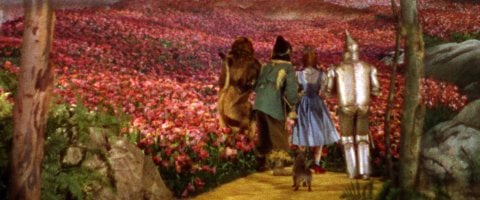
One of the greatest format tricks in cinematic history happens early in The Wizard of Oz, when Dorothy steps out of her tornado-ravaged, sepia-toned house and into a world bursting with color. It's an effect that has never diminished even decades after it was introduced, even on the crappy VHS copies we all watched as children. So what if we got to watch that transformation not only on the big screen, but in 3D? Or better yet, the scenes that follow, the monkeys swooping in to join the Wicked Witch by her crystal ball, the sea of Munchkins wishing Dorothy and company farewell, the field of poppies that nearly do our heroes in. Sure, the effects will look dated and the painted backdrops may stand out even more, but we've never watched The Wizard of Oz for its realism. It's a movie designed to draw you in with color and energy and the sense that you're watching something new and exciting; that's what 3D often aims for and fails at, but by converting The Wizard of Oz, the format might be able to get back to the gimmicky-and-amazing wonder it always wanted to be.
